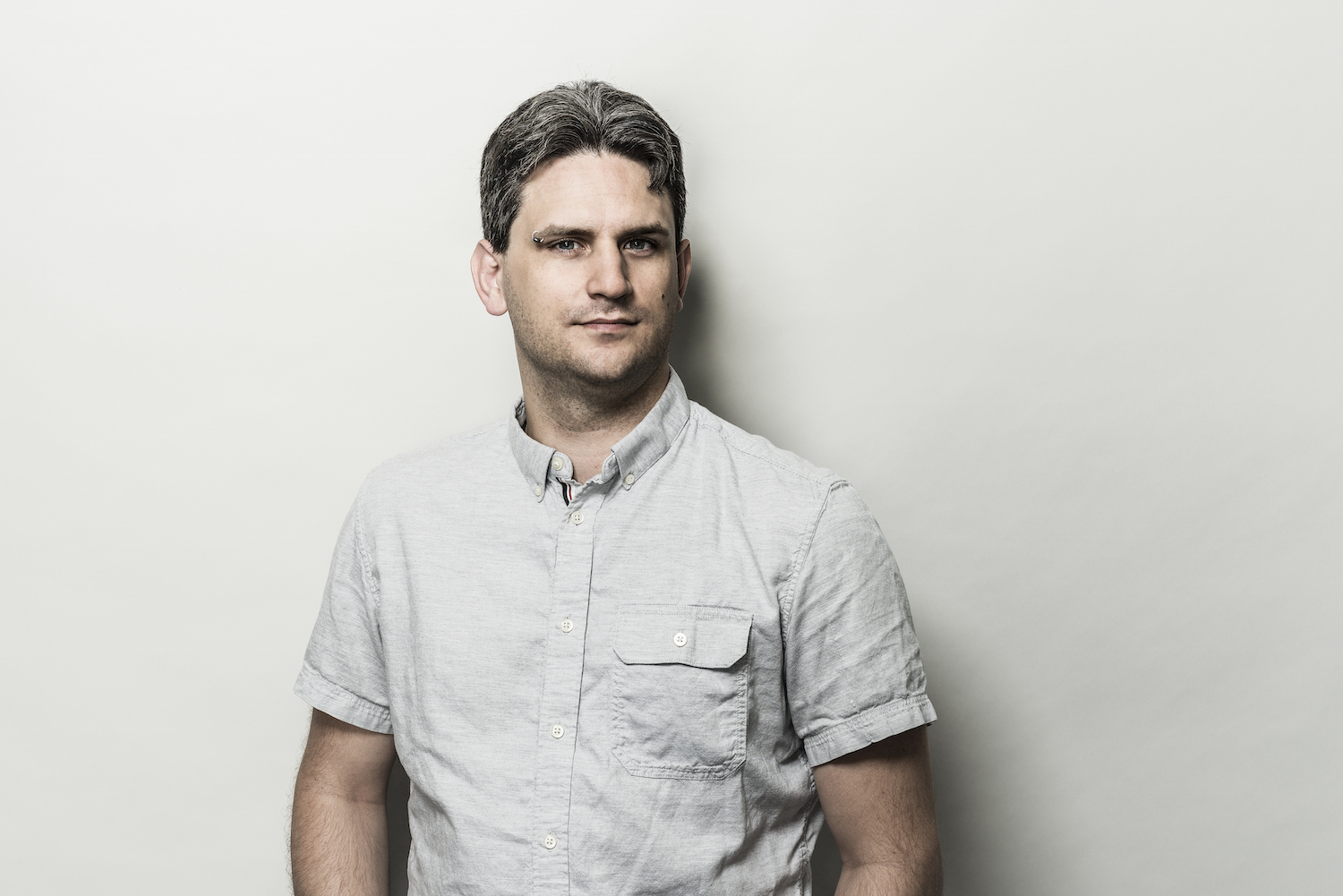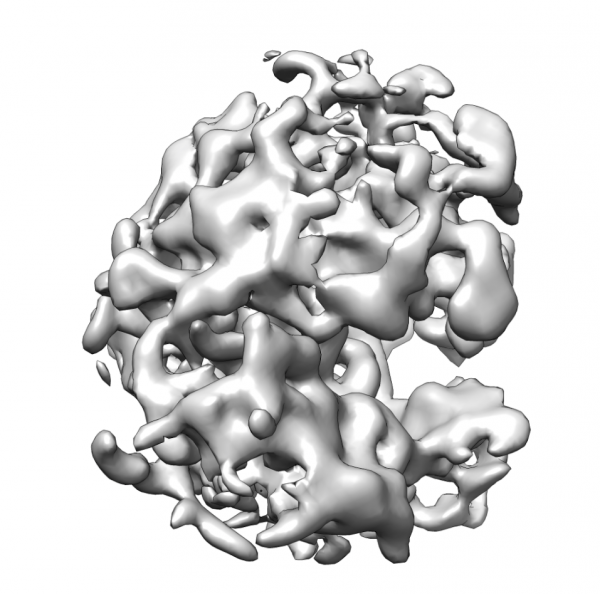Lassonde researcher may revolutionize new drug discoveries, disease research

Research from Lassonde School of Engineering’s Professor Marcus Brubaker has found a new set of algorithms that can help determine the 3D structure of proteins to one day find new treatments for a range of diseases including Alzheimer’s, HIV and cancer.
The research, published in the current edition of the journal Nature Methods, shows that these new algorithms rapidly generate 3-D structures of viruses, which could revolutionize the development of new drug therapies.

“Collecting data on an electron microscope might take a few hours or maybe a day or two,” says Brubaker.
“However, processing that data to determine the 3D structure would require weeks or even months of computation time on large, expensive computer clusters. Our work now makes this possible in a few hours on a relatively inexpensive desktop computer.”
Drugs work by attaching to specific proteins in order to change the way they work inside the body. For a drug to be successful, it must be designed with a specific shape which binds only with the desired proteins while avoiding binding with other proteins which can cause side effects. Electron cryomicroscopy (cryo-EM) is an experimental technique for measuring the 3D structure of small biological molecules. Cryo-EM uses a transmission electron microscope to take many thousands of low-quality 2D images of frozen protein molecules.
“Any symptom or disease in our body has some protein interaction component to it. So whether it’s Alzheimer’s or cancer, our ability to understand what’s happening at the cellular level and then target those behaviours, is really the basis of treatment and diagnosis of disease. To the extent that we’re able to develop tools to allow researchers to study these structures in ways they’ve never been able to before, the impact is boundless in terms of what it could mean for disease research.”
Together, Ali Punjani, a PhD student from UofT and Brubaker founded the Toronto-based start-up, Structura Biotechnology Inc. that is developing the algorithms into a new cryo-EM software package called cryoSPARC for use in academic and industrial labs.
Read full article here.